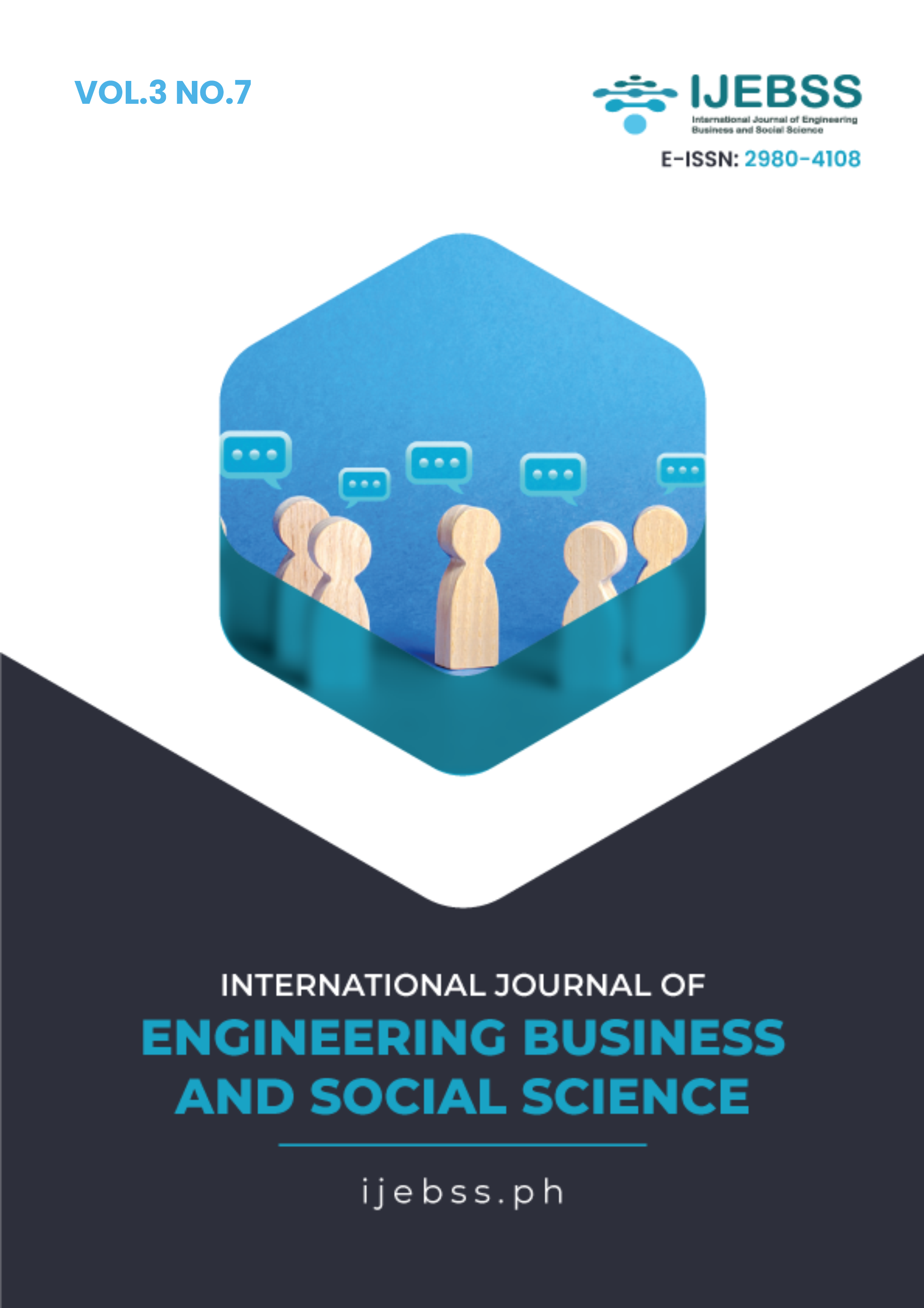Thermal Comfort Analysis to Support Energy Efficiency Based on Building Information Modelling (BIM): Case Study of Graduate Building University Fajar
Keywords:
thermal comfort, energy efficiency, building information modelling, BIM, insulation materialsAbstract
The building sector is a significant contributor to global energy consumption, with thermal comfort being a crucial factor in energy use, particularly in tropical climates such as Indonesia. This research aims to analyze the level of thermal comfort in buildings to support energy efficiency. The study was conducted at the Graduate Building of University Fajar, Makassar, which functions as intensive lecture spaces requiring high levels of thermal comfort. Using Archicad 27 software for BIM simulation and energy evaluation, the research analyzed existing thermal conditions and evaluated three insulation material alternatives: Aluminium Composite Panel (ACP), High-Density Polyurethane (HDPU), and Glass Wool. The study employed both descriptive qualitative and quantitative approaches with energy performance evaluation features. Results indicated that existing thermal conditions do not meet the SNI 03-6572-2001 thermal comfort standards, with an average minimum temperature of 24.2°C and a maximum of 33.9°C. Among the three insulation alternatives, the installation of glass wool partitions proved most effective in reducing energy consumption by Rp. 2,264,506 annually (from Rp. 12,705,737 to Rp. 10,441,231) and carbon emissions by 287 kg/year (from 1,614 kg/year to 1,327 kg/year). HDPU panels demonstrated the best performance in thermal design data by reducing the average temperature from 29.0°C to 28.8°C. The study concludes that BIM technology provides valuable insights for designing comfortable and energy-efficient spaces. However, mechanical air conditioning systems remain necessary to achieve optimal thermal comfort standards.
Published
Issue
Section
Copyright (c) 2025 Anugrah Anugrah, Suwardi Setiawan, Hartina Harun, Irfan Syarifandhy

This work is licensed under a Creative Commons Attribution-ShareAlike 4.0 International License.
Authors who publish with this journal agree to the following terms:
- Authors retain copyright and grant the journal right of first publication with the work simultaneously licensed under a Creative Commons Attribution-ShareAlike 4.0 International. that allows others to share the work with an acknowledgment of the work's authorship and initial publication in this journal.
- Authors are able to enter into separate, additional contractual arrangements for the non-exclusive distribution of the journal's published version of the work (e.g., post it to an institutional repository or publish it in a book), with an acknowledgment of its initial publication in this journal.
- Authors are permitted and encouraged to post their work online (e.g., in institutional repositories or on their website) prior to and during the submission process, as it can lead to productive exchanges, as well as earlier and greater citation of published work.


